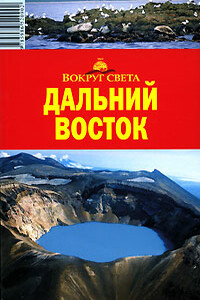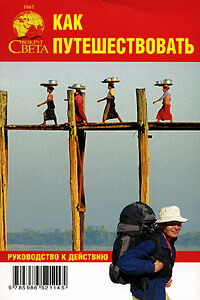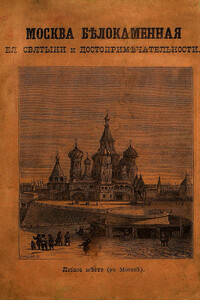Симферопольский клад | страница 11
The Crimean peninsula played an important role in the development of the Golden Horde's economy and culture. Trade routes linking the Golden Horde with Western Europe, Asia Minor and Egypt passed through it. The stream of goods went through the Crimea to the lower reaches of the Volga, to big Golden Horde towns, and from there to Central Asia, Iran and China.
Soon after the Tatars conquered the Crimea the plains, that take up the greater part of the peninsula, was turned by them into a grazeland. The Crimean steppes served as pastures also in wintertime. With the onset of cold weather herds were usually driven here from the northern steppes stretching along the coast of the Black Sea.
Gradually the Tatars established themselves also in the Crimean mountains and foot-hills. These lands became their hereditary possessions since the 14th century. A number of families of Tatar nobility which had great influence in the Crimea had particularly lost domains. In their farms the Tatar feudals used the labour of the local population and of prisoners of war turned into slaves.
There were numerous villages and towns along the Crimean coast with its orchards, vineyards and other plantations. Many of the towns had convenient harbours and engaged in trade as intermediaries. Ethnically these towns had a very motley population including Alans, Greeks, Armenians, Polovtsi, Russians, Bulgarians, Hungarians, and other peoples.
Long before the Tatar invasion of the Crimea Italians (from Venice and Genoa) began to appear on the Black Sea coast of the Crimea trying to seize control over the trade between the West and the East. The Italians were particularly numerous there in the second half of the 13th century when Byzantium granted them the right of unimpeded passage through the straits. Soon Italian towns-colonies cropped up and intensively developed on the Crimean and Caucasian coasts of the Black and Azov seas, often springing up on the site of already existing settlements. Kafa (Feodosia), Soldaya (Surozh, Sudak), Chembalo› (Balaklava), Tana (Azak, Azov) and others became major Italian towns late in the 13th and in the 14th centuries. The biggest of them were Kafa and Tana which were a kind of storages for goods streaming in from various countries. The slave trade achieved large scope in these towns.
The Tatars often raided the rich Italian towns to plunder their wealth and seize their inhabitants.



